
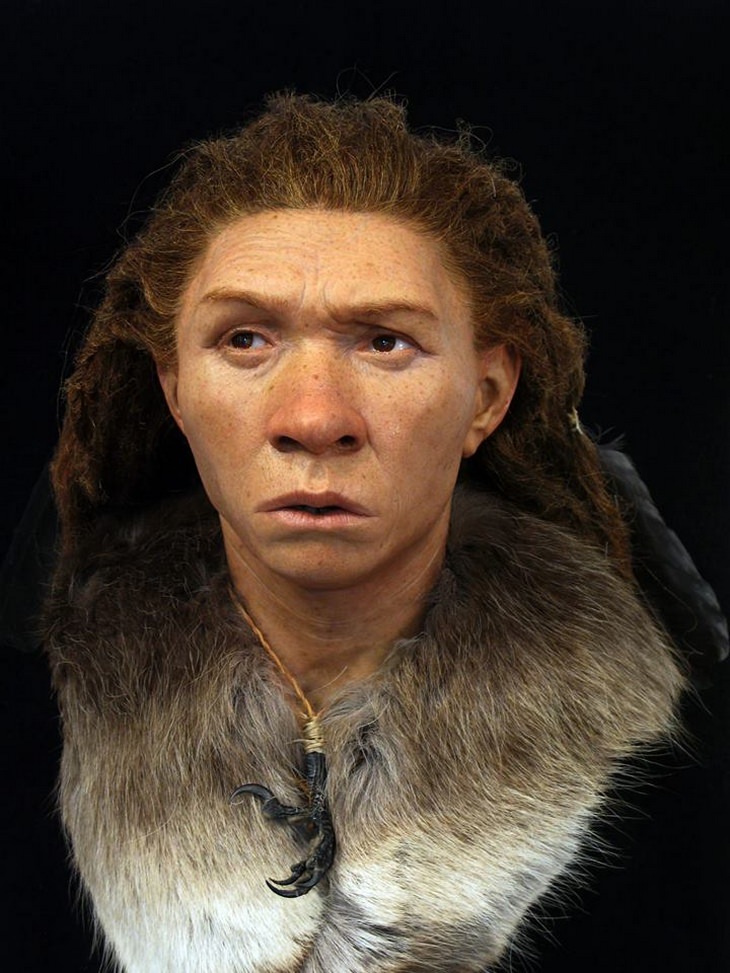
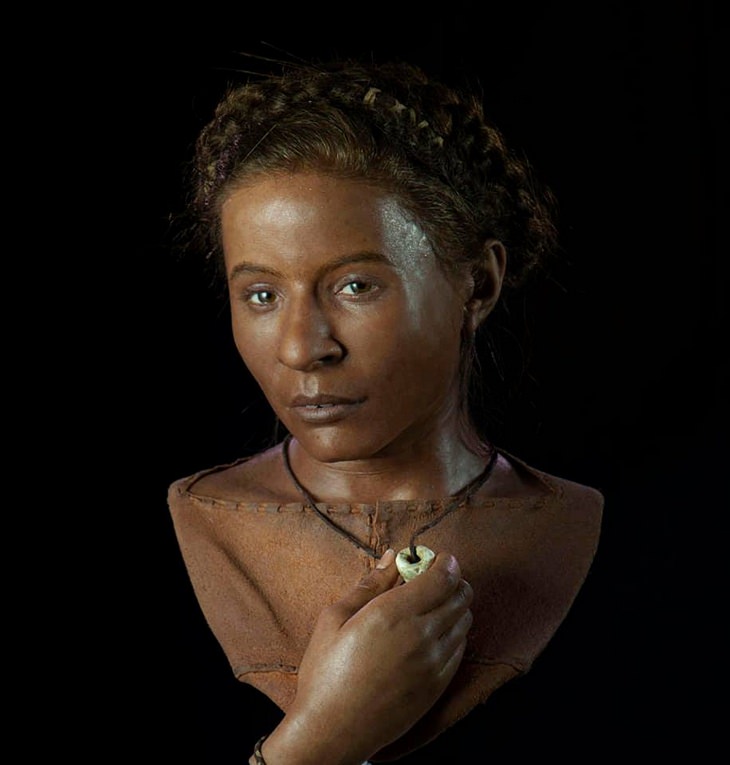
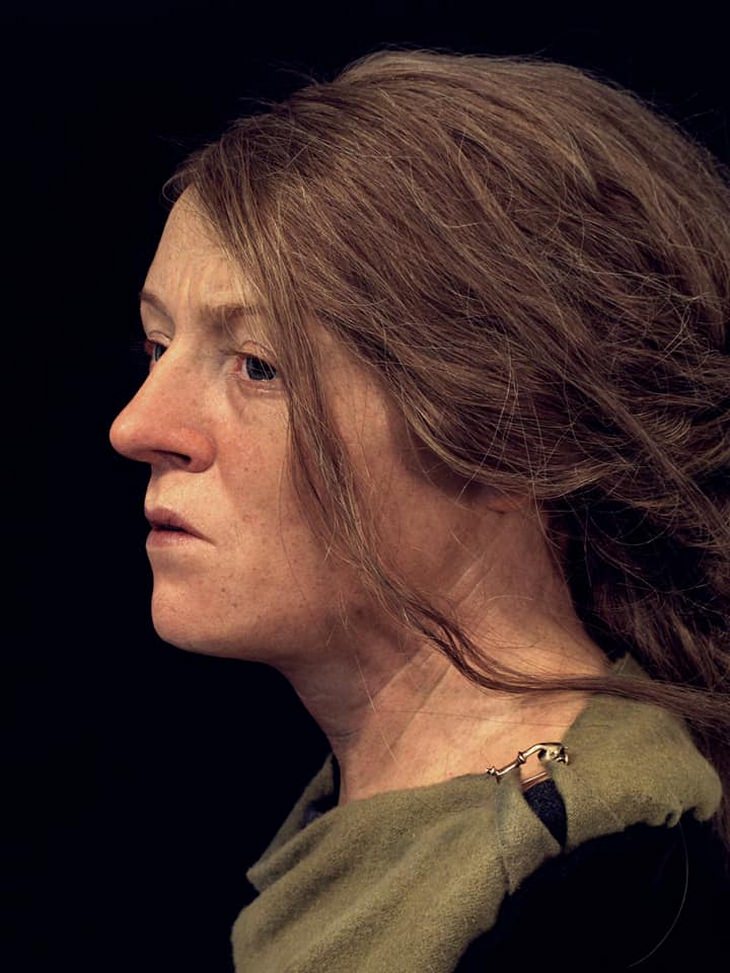

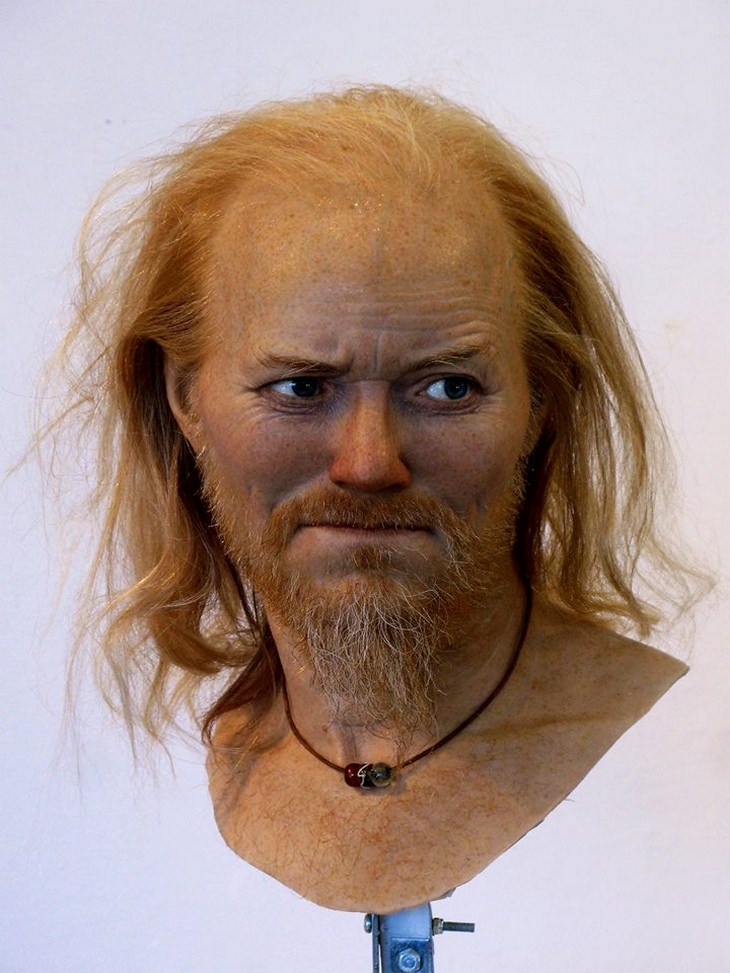
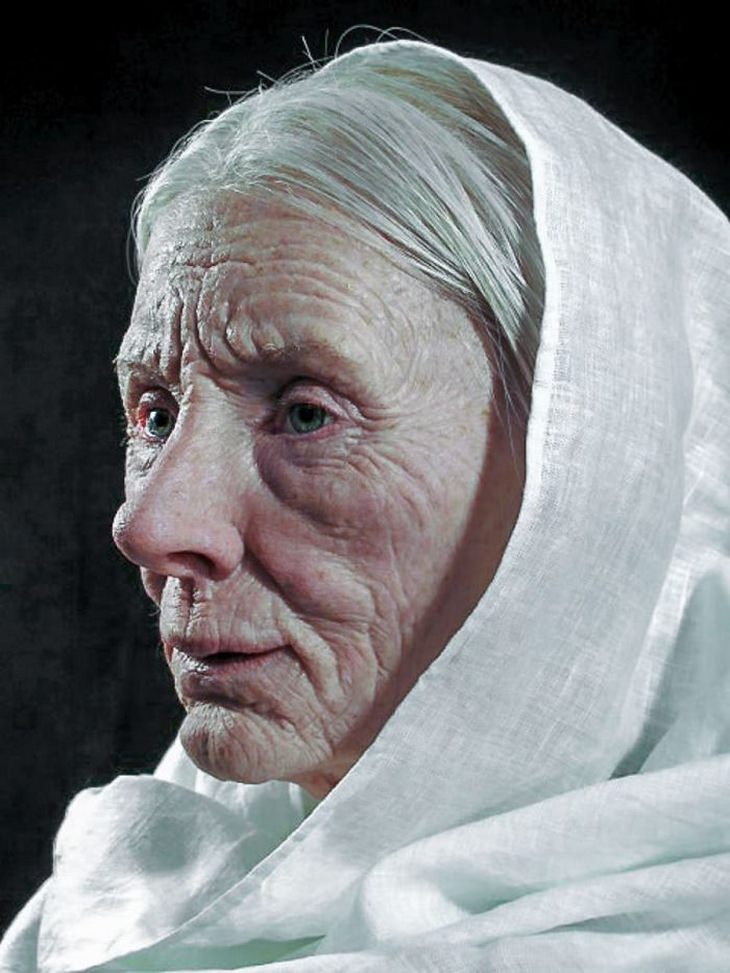
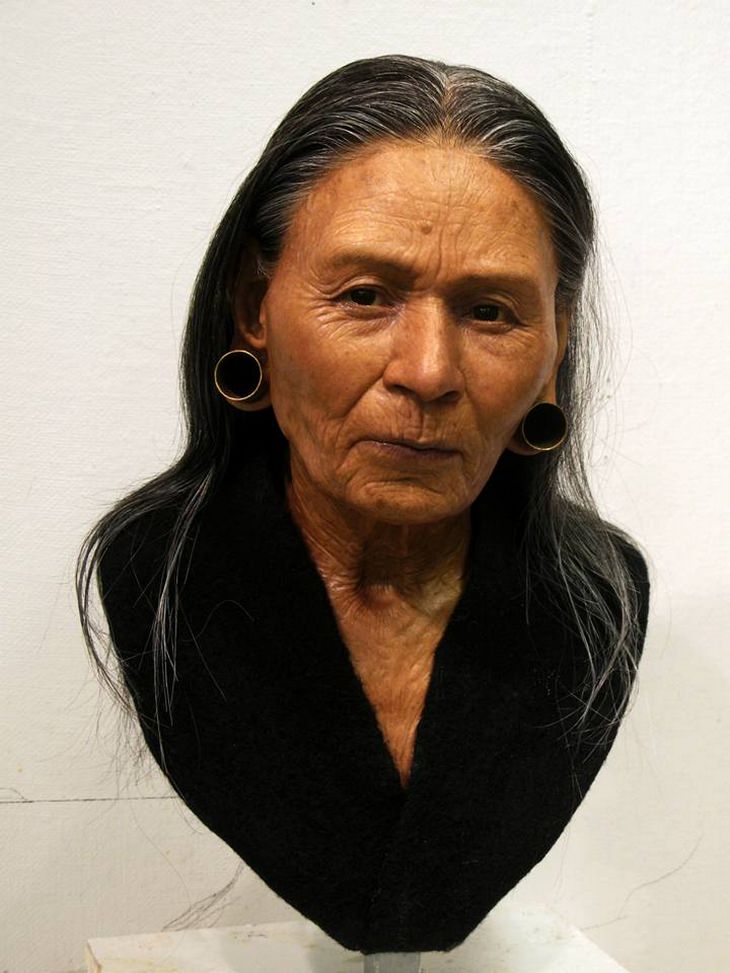

Image source: ODNilsson.com, Facebook/ODNilsson
 22:16
22:16
Full Documentary: Unearthing the Lost World of Angkor Wat...
This fascinating feature-length documentary explores the ancient civilization that inhabited Cambodia's Angkor Wat. Watch it in its entirety here.
 11:24
11:24
Why Were Masks SO Popular In Medieval Venice?
Venetian masks are one of the city's most iconic symbols. But what is the history of these unusual accessories? Find out the surprising answer in this video.

The European History Quiz: How Much Do You Know?
This quiz will test your knowledge of some of the most significant events to ever take place within Europe's long and bloody history.
 11:23
11:23
How Europe’s Greatest Warship Was Defeated by a Breeze
The Vasa was supposed to be the greatest warship in the world in 1628. So how did it end up sinking on its maiden voyage?
 18:29
18:29
Portugal Wants to Double Its Territory As Early As 2022
This European country is planning to expand its territory twofold, and the way it is planning to do so will surprise you!
 10:52
10:52
The Tram: London's Fascinating Lost Transportation Network
Trams were once a great part of London’s culture. But what happened to them and where are they now?

Spectacular! What an Innovative Form of Art This Is
Have you ever seen sculptures, brooches and decorations like this before? Check out this stunning art!

See the Beauty of Mushrooms Captured in Stunning Photos
This artist turns mushrooms into stunning arrangements. Check out her stunning artwork here.
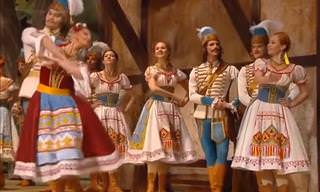 4:19
4:19
The Bolshoi Ballet Group Have Done It Again!
If you love ballet, then we have one marvelous treat in store for you!
 5:41
5:41
These Phenomenal Acrobats Have Terrific Strength
These amazingly strong acrobats are going to effortlessly entertain you.

Music Box: 20 Unforgettable Hits by Donnie Osmond!
To celebrate Donny Osmond's birthday on December 9th, we have curated a collection of twenty nostalgic songs performed by him and some special friends.

7 Scenes that Show the Impact Paintings Have on Cinema
The world of art is full of references to other famous artworks. Here are 7 examples of this from the world of cinema.
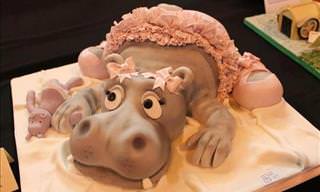
Cake Making Like THIS Is A Beautiful Art!
You can have some great fun baking, but you probably haven't tried to bake a cake that doubles as a work of art before. Here are 30+ examples to inspire you!

You Haven’t Seen This Kind of Detail in Glass Art Before!
Glass is an unexpectedly flexible material - and artist Amber Cowan takes advantage of this fact to turn it into beautiful artwork...
 2:47
2:47
This Adorable 5 Year Old Plays the Piano Like a Virtuoso
This 5 year old plays piano so well, she's a real master of the craft.
 3:44
3:44
Watch: This Visual Dance Act Is Out of This World!
The amazing dancing couple, Another Kind of Blue, bring new and exciting techniques to Britain’s Got Talent.
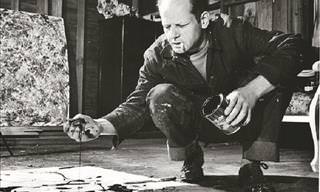
Learn About the Final Artworks of 8 Legendary Artists
Discover the final works of 8 prominent artists, and learn about the curious story behind each of them.

This Is How 11 Ancient Roman Ruins Looked Like In the Past
Very little of ancient Rome remained to this day, but here is a wonderful reconstruction of some of the most famous sighs.
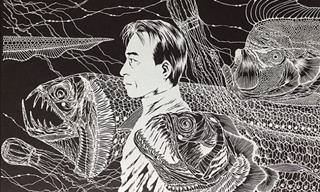
What May Seem Like Ordinary Paper Is Much More to This Man
Take a look at Ken's breathtaking work which features jellyfish, nautilus and flowers:

This Artist Turned Her Unique Paper Art Into a Living
Portuguese artist Sena Runa's beautiful paper quilling art has resulted in her amassing a staggering 100,000 followers. Take a look at her unique work here.

Witness the Bible as Illustrated by History’s Greatest Artists!
The stories of the Bible are some of the most popular topics for classical art, and here are some of the best examples

Gaudi: The Iconic Architect That Made Buildings Look Alive
Antoni Gaudi is the most famous Modernist architect. This is a story of his life and creative evolution.
 3:38
3:38
A Gorgeous Rendition of Nessun Dorma Awaits You...
Witness the intersection of raw talent and pure passion in this unforgettable concert recording of Nessun Dorma

This Food Art of Kids' Favorite Characters Is Remarkable!
One mom turns her child's meals into amazing food art. Here are 20 of her greatest dishes.
 6:47
6:47
The Blindfolded Swordsman - Intense!
Aaron Crow follows a long line of circus performers on the show, with a dangerous act that leaves the judges speechless.

20 Hilarious Recreations of Famous Paintings
The Getty Museum challenge contiures - 20 more submissions of people recreating their favourite masterpieces at home with hilarious results.

16 Unforgettable Tracks By Nat King Cole
Celebrate the beautiful music of one of the most influential jazz pianists and vocalists in history - Nat King Cole.
 6:21
6:21
André Rieu In Another Beautiful Operatic Sensation!
In this video, we are treated to an incredible rendition of Caro Nome by an incredibly skilled operatic singer.

10 of the Most Famous Dog Paintings Throughout History
Dogs have been a part of art history through the ages. Let’s explore some of the most famous dog paintings ever made.
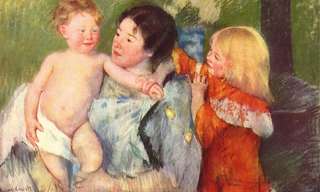
The Beauty of Mary Cassatt's Impressionist Paintings...
American painter Mary Cassatt beautifully captured the inner lives of French women in the 19th century.
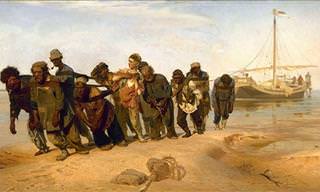
Feast Your Eyes on Some Wonderful Realist Art
The Realism art movement originated in France in the 1850s. Take a look at these 7 famous paintings from the Realism art movement to feast your eyes upon.

8 Famous Artists That Were Rejected During Their Lives
In this article you will find eight great artists who simply weren’t appreciated for the work that they created during their time.
 7:50
7:50
The Greatest Gift Anyone Could Ever Give or Receive
This animated short film brings you the saddest and happiest love stories you will ever see, in under 8 minutes.
 8:21
8:21
This Boy's Harmonica Skills Are Outstanding!
This child's performance of "Rhapsody in Blue" by Gershwin on the harmonica blew me away. Check it out here!

This Family Makes Art. The Beach is Their Canvas
This family creates art together! Imagine what it would be like to wander on the beach and see their work in progress.
 4:46
4:46
The Chinese Butterfly Dance is Pure Magic!
Prepare to be enthralled by the passion, precision, and profound emotion conveyed in each step and gesture of this graceful dance.
 4:14
4:14
WATCH: This Dancing Family of 12 Is So Adorably Talented
This exciting dance and music performance is unique, because it's entirely the product of one very large and talented American family. They blew me away!

Could You Believe This Art Was Made Out of a Bar of Soap?
Barresi discovered all that he could do with a simple bar of soap.
 4:53
4:53
Over the Rainbow, There's a Musical Show With André Rieu
Andre Rieu, with Suzan Erens and His Johann Strauss Orchestra, performs 'Somewhere Over The Rainbow' from The Wizard of Oz.
 6:54
6:54
I Can't Resist Tapping Along to This Riverdance Show
Featuring the original stars, Michael Flatley and Jean Butler, this Riverdance performance has me cheering like mad!
 3:36
3:36
This 3-Tenor Performance is Famous For its Beauty...
Back when these 3 tenors were still with us, they made this amazing gesture to another musical genius.
 12:07
12:07
Watch These Acrobats Defy Gravity in an Amazing Circus Act
You’ll be on the edge of your seat watching these talented Russian circus acrobats perform feats on the teeterboard like you've never seen.
 3:11
3:11
Who Says That Cats Can't Be Trained? You'll Be Surprised!
Who says cats can't be trained? Watch this adorable performance!
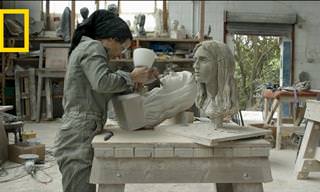 8:56
8:56
The Art of Stone Carving Has Been Brought Back to Life!
This amazing artist makes creating sculptures look almost easy, but watch the video to know the real heart and work that goes into it.
 5:58
5:58
André Rieu Amazes Us With a Gorgeous "I Will Survive"!
André Rieu joins forces with powerhouse singer Dorona Alberti to sing "I Will Survive".

Look Closer... This Art is Made from Raw Fish
This art is made entirely from raw fish and it's impressive. Take a look:
 2:24
2:24
This Inspiring Cover of "Hallelujah" Really Moved Me
A truly emotional interpretation of Leonard Cohen's "Hallelujah", sung by a young, talented singer, with unbelievably powerful vocal abilities.


